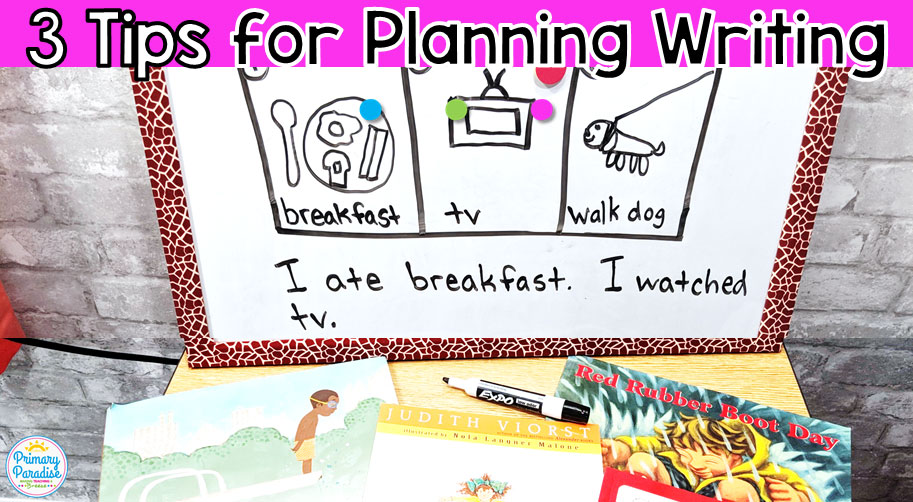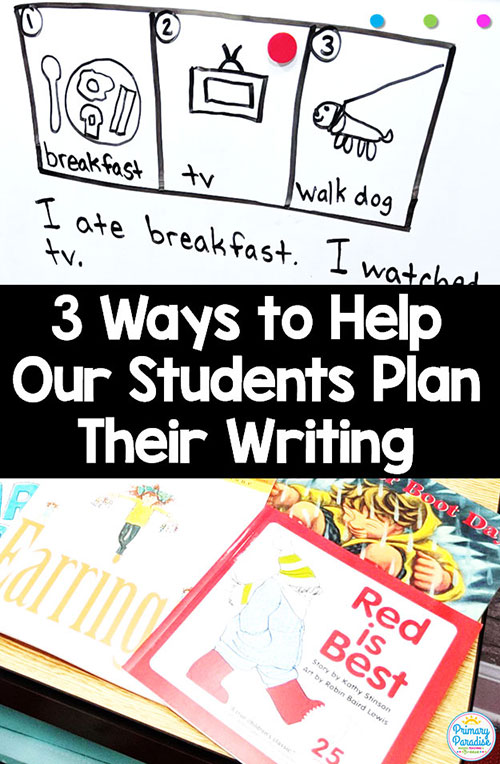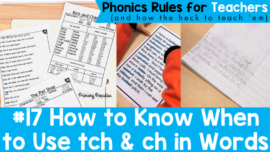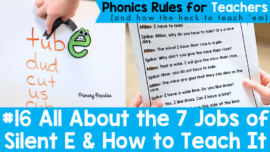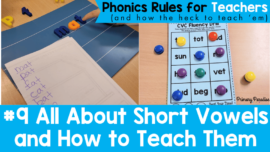Learning how to plan writing is incredibly important. If we are able to teach students how to make a plan before beginning writing, we are setting them up for writing success. If students don’t learn how to plan their writing, we end up with very long stories that don’t make sense, or super short stories that are lacking in detail. Today I’m going to share 3 effective ways to help teach our students how to plan their writing pieces.
#1. Exposing Students to Great Mentor Texts
Mentor texts are incredibly important for writing for many reasons, but you might not have thought about them in relation to planning writing. However, great mentor texts can play a key role in helping our students learn to plan out their writing. It gives them ideas of what they can write about, and shows them what a good story should look like. When choosing mentor texts to help teach our students to plan their writing, there are three things to keep in mind.
First, it’s important to choose mentor texts that students can relate too. Pick books that include ideas, situations, and emotions that students can buy in to.
Second, pick mentor texts that are on your students level. There are amazing books out there that we use as mentor texts that sound nothing like what a student would write. When we choose those books, it can make writing a “good” story seem unattainable.
Third, (and this is similar to number one) we need to pick mentor texts that are engaging. If students aren’t interested in the story, there’s no point in reading it if we’re trying to use it as a model of what a good story looks like.
Need a list of fantastic mentor texts? Click here.
#2. Model Like a Boss
Modeling how to plan a story in a way that students will feel like they can reproduce is so important. Planning writing doesn’t come naturally to students, so it’s our jobs to show them step by step how to walk through the process. It’s important to be sure to model where your students are so, again, they feel confident that they can do it as well. We want to encourage them to grow as writers, but before they can grow, we have to meet them where they are. So, when you’re modeling, model on their level. Don’t write like an adult because they’re not adults! As the year goes on, we can push them to expand their writing, but in the beginning, you need to meet them where they are.
#3. Keep It Simple with Gradual Release
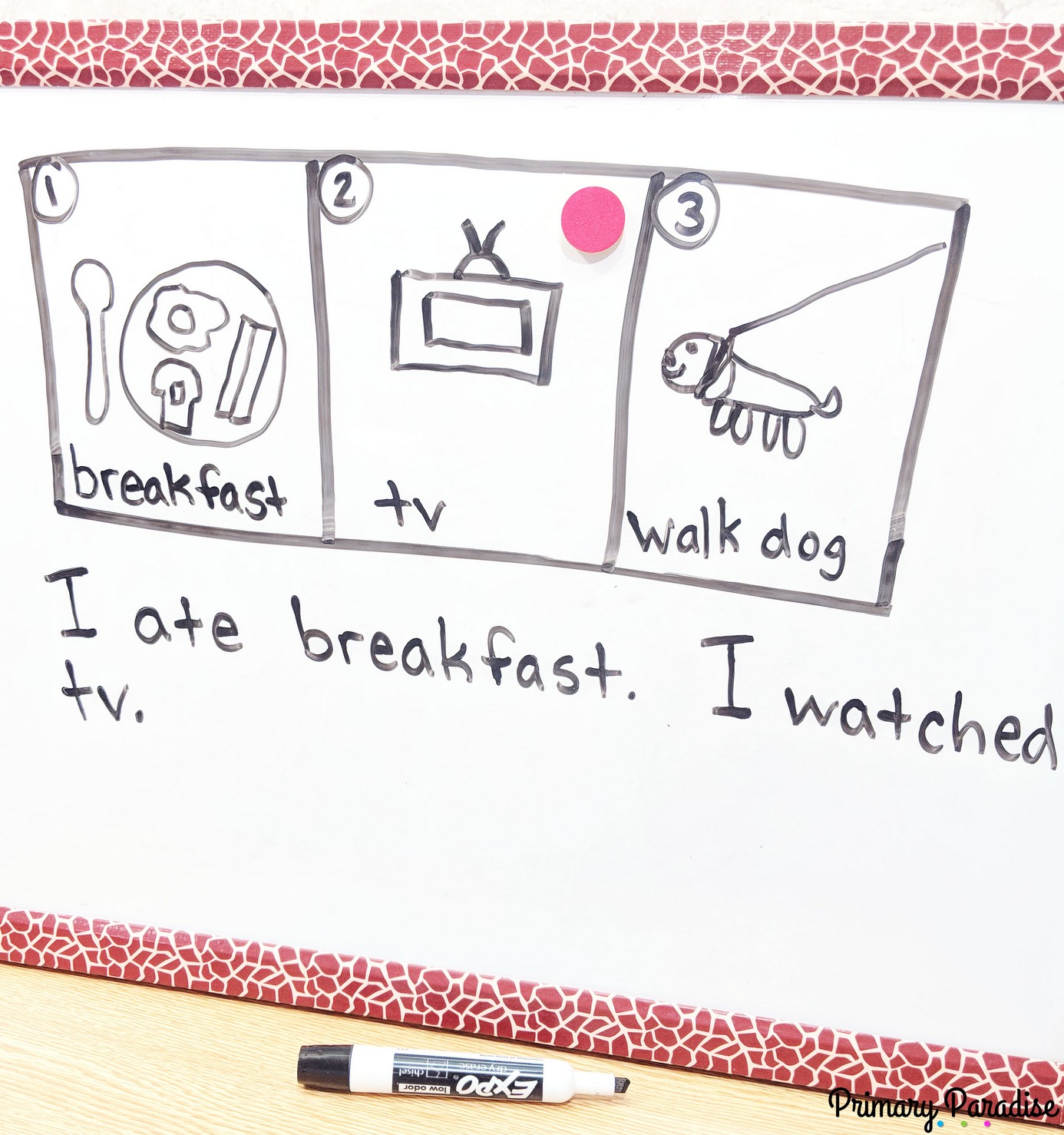
Although this is very much connected to modeling, it’s important to keep your planning lessons simple. How do you do this? Use simple story maps or graphic organizers, and meet students where they are. (Are you noticing some common themes here?) As you’re modeling, have your students start to plan their writing along with you right at the carpet (I like to use clipboards for this).
The Steps to Planning Writing with Students
STEP ONE: DRAW- If you’re modeling writing a story with three parts (as pictured) you would have them draw a picture for each part. I would draw my first picture, they would draw their first picture. Then, I would draw my second, they would draw their second and so on. I like to number the spaces in my organizer so it’s easy for students to follow along. They would have the same organizer in front of them as well. As I talk it through, they talk it through as well.
STEP TWO: LABEL- Next, you label each picture with a word or two, and then they do the same. Just as before, I do the first part, they do the first part. I do the second, they do the second.
STEP THREE: WRITE- Once we have our organizer complete, I model writing a sentence for each picture, one at a time, and they do the same. I have them put a counter as a place holder on the part we’re writing, and then slide it over as we go to the next part.
STEP FOUR: CHECK- Once we’re done, we read the first sentence. We check off if it matches the first part of our organizer. We’ll repeat this with every part. If they missed a part, they can add it now. If they have something that doesn’t fit, they take it out. This allows our students to complete the planning process in a low stress way. During this time, we will also pair and share our stories so far. Students are REALLY good at letting each other know if one part doesn’t match the rest.
Gradual Release Makes Planning Writing Doable for Students
Over time, I gradually do less and less with with. So, for the next story, we might do everything together, but they’ll write their last sentence on their own. Next, they’ll write the last 2 sentences. And then finally, they’ll write all of the sentences on their own. After that, we might plan the first two parts together, but they do the rest on their own. We do this until they can successfully plan and write their first draft independently. Once they can do that, we might add a 4th part and continue to expand out story. Once they have this method down, the number of parts or the amount of details doesn’t matter because they know how to follow a simple plan. And that, my friends, makes all the difference!
Want more writing tips, tricks, and ideas? Sign up for my free writing email series below!
